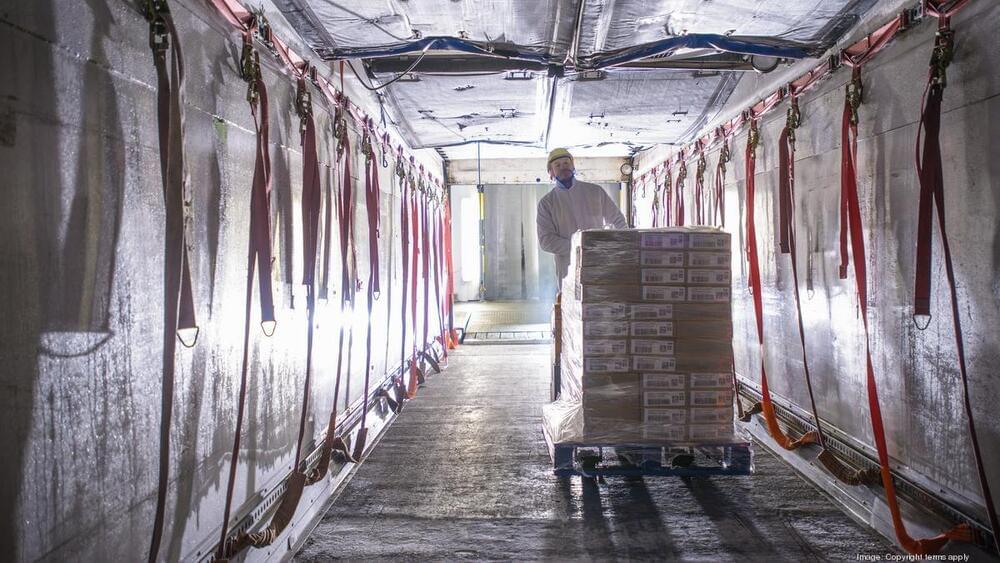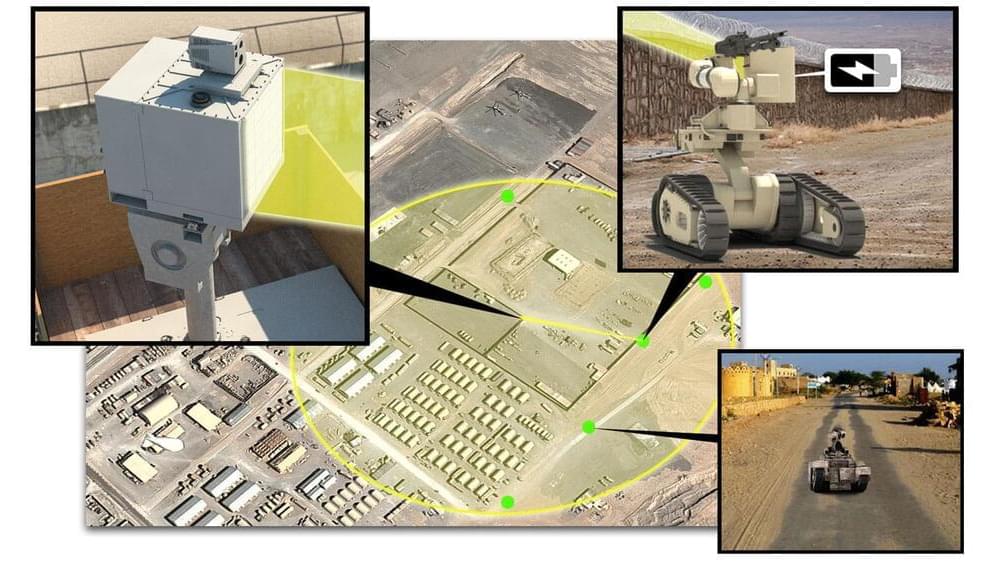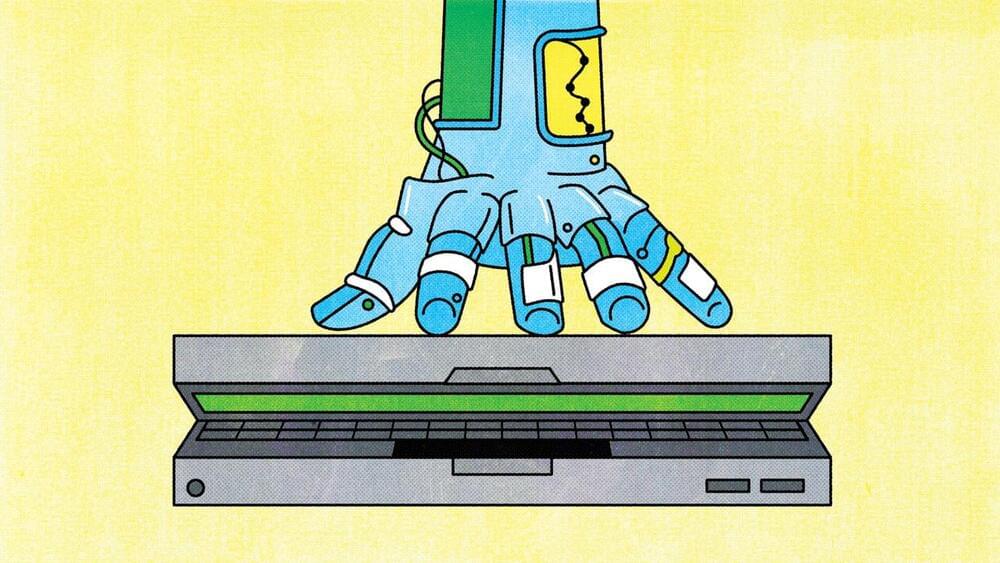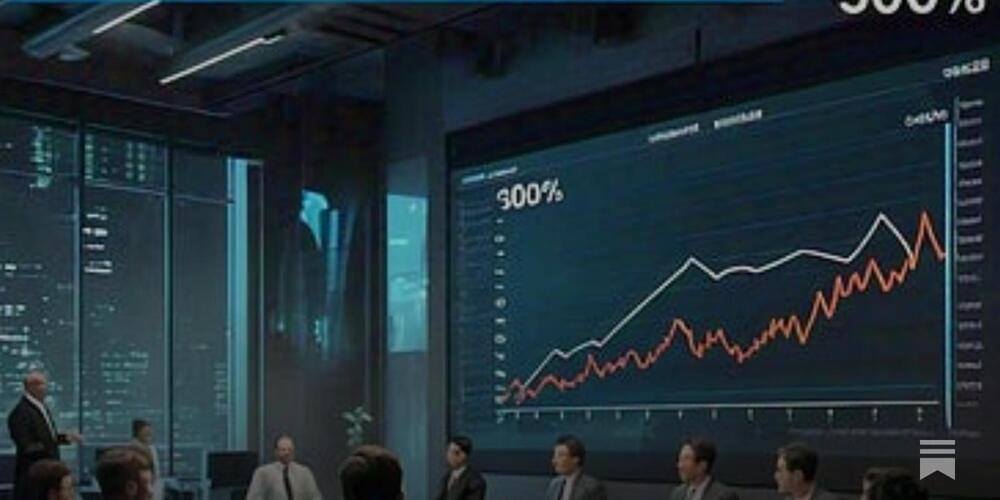The proposed bill would connect the major business hubs while hopefully reducing crashes and traffic on I-35.



As a simple illustration, let’s say someone wanted to create a tomato sauce recipe, optimizing vitamin C and using sustainable tomatoes within a certain cost range. Journey Foods then taps into its database to generate an optimal recipe, and will continually push recommendations of top suppliers.
“Essentially, when people go to ChatGPT or something, and they’re asking them, ‘write this paper for me, or give me a social media post, speak to this audience,’ or whatever, right? It’s the same thing with our generative recipe recommendations,” Lynn said.
Except Lynn doesn’t use ChatGPT. Systems such as ChaptGPT gather data from the open internet, but Journey Foods gets its data from research institutions, academic journals, suppliers and manufacturers. Lynn said her business uses a lot of private, hard data that’s unstructured, with her company then giving it structure and doing so globally.
“Life is incredible.” Here’s how a brain implant changed the life of Jon Nelson, who long suffered from severe depression. Now a patient advocate for startup Motif, he spoke to Emily Chang about the hope of using neurotech to treat mental illnesses.
——-
Like this video? Subscribe: https://www.youtube.com/Bloomberg?sub_confirmation=1
Get unlimited access to Bloomberg.com for $1.99/month for the first 3 months: https://www.bloomberg.com/subscriptions?in_source=YoutubeOriginals.
Bloomberg Originals offers bold takes for curious minds on today’s biggest topics. Hosted by experts covering stories you haven’t seen and viewpoints you haven’t heard, you’ll discover cinematic, data-led shows that investigate the intersection of business and culture. Exploring every angle of climate change, technology, finance, sports and beyond, Bloomberg Originals is business as you’ve never seen it.
Subscribe for business news, but not as you’ve known it: exclusive interviews, fascinating profiles, data-driven analysis, and the latest in tech innovation from around the world.
Visit our partner channel Bloomberg Quicktake for global news and insight in an instant.
From brain implants that allow paralyzed patients to communicate to the wearable devices enhancing our capabilities, brain-computer interfaces could change the way we use our minds forever.
——-
Like this video? Subscribe: https://www.youtube.com/Bloomberg?sub_…
Get unlimited access to Bloomberg.com for $1.99/month for the first 3 months: https://www.bloomberg.com/subscriptio…
Bloomberg Originals offers bold takes for curious minds on today’s biggest topics. Hosted by experts covering stories you haven’t seen and viewpoints you haven’t heard, you’ll discover cinematic, data-led shows that investigate the intersection of business and culture. Exploring every angle of climate change, technology, finance, sports and beyond, Bloomberg Originals is business as you’ve never seen it.
Subscribe for business news, but not as you’ve known it: exclusive interviews, fascinating profiles, data-driven analysis, and the latest in tech innovation from around the world.
Visit our partner channel Bloomberg Quicktake for global news and insight in an instant.

Work is being conducted as part of a…
Technology will extend operational reach and counter autonomous systems
EL SEGUNDO, Calif., Nov. 14, 2024 /PRNewswire/ — Raytheon, an RTX (NYSE: RTX) business, has been awarded a contract from the U.S. Army to work on directed energy wireless power beaming capabilities that will distribute power across the battlefield, simplify logistics, and safeguard locations for U.S. troops.
Work is being conducted as part of a larger effort under the Department of Defense’s Operational Energy Strategy. Under the contract, Raytheon’s Advanced Technology team will develop advanced wireless power transmitter and receiver technologies to enable a long-range demonstration in line with the needs of U.S. Army manned and unmanned system requirements.
Neurotech startup Motif says it has built a pea-sized brain chip that can treat mental illnesses, including depression, without the side effects of conventional drugs. Watch Posthuman with Emily Chang to learn more about the power of brain-computer interfaces.
——-
Like this video? Subscribe: https://www.youtube.com/Bloomberg?sub_…
Get unlimited access to Bloomberg.com for $1.99/month for the first 3 months: https://www.bloomberg.com/subscriptio…
Bloomberg Originals offers bold takes for curious minds on today’s biggest topics. Hosted by experts covering stories you haven’t seen and viewpoints you haven’t heard, you’ll discover cinematic, data-led shows that investigate the intersection of business and culture. Exploring every angle of climate change, technology, finance, sports and beyond, Bloomberg Originals is business as you’ve never seen it.
Subscribe for business news, but not as you’ve known it: exclusive interviews, fascinating profiles, data-driven analysis, and the latest in tech innovation from around the world.
Visit our partner channel Bloomberg Quicktake for global news and insight in an instant.




Founder and CEO of Figure AI Brett Adcock says that robotics is now an AI business, and that they have access to all the H100s they want from Microsoft, while their partnership with OpenAI will lead to robots that can reason and plan. — - — 👉 Before you go 👋 If you want to keep up with the latest news on AI startups and how they’re changing the world, join 1000+ subscribers reading our newsletter for FREE! Link in bio. — - — #brettadcock #figureai #robots #robotics #airobot #todayinai